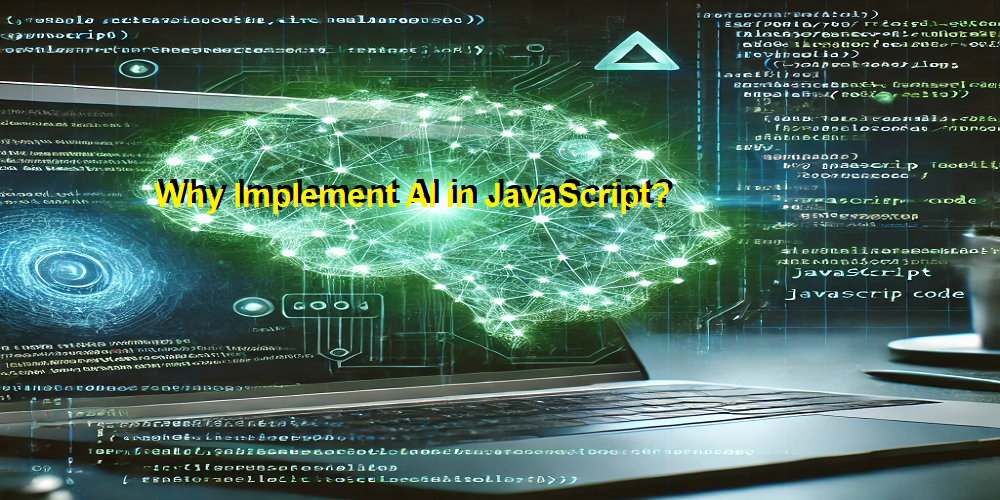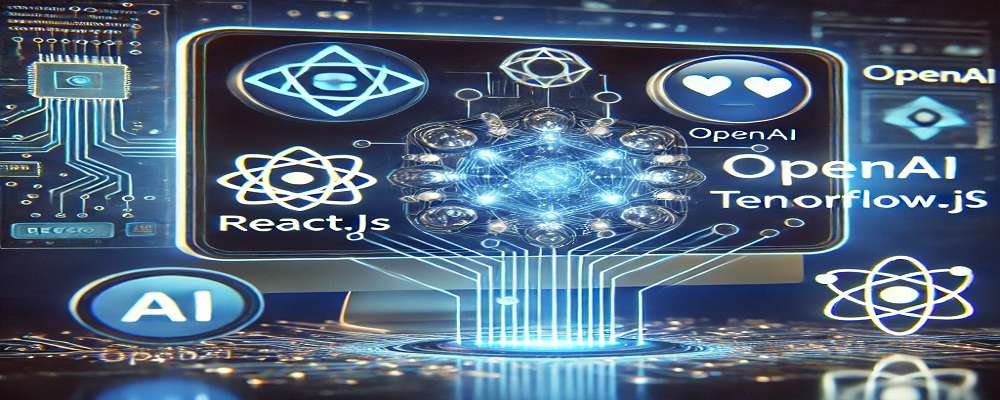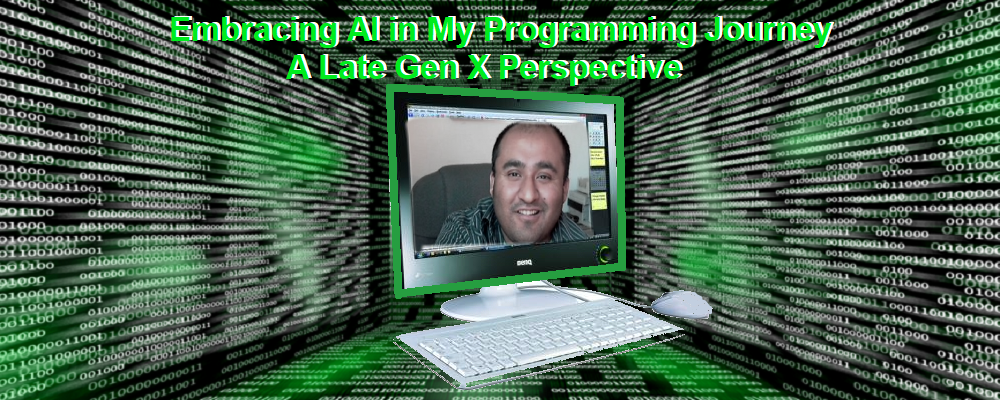AI in JavaScript allows developers to build intelligent web applications without needing a backend server. With powerful libraries and APIs, you can perform machine learning tasks directly in the browser. JavaScript’s widespread usage in web development makes it a great choice for integrating AI into modern applications. Understanding Machine Learning in JavaScript Machine learning (ML) … Continue reading “Why Implement AI in JavaScript?”
Category: AI
Building AI-Powered React Apps: OpenAI, TensorFlow.js & Hugging Face Integration
The AI revolution is here, and integrating AI with React unlocks new possibilities for smart, interactive, and intuitive applications. With OpenAI’s GPT models, TensorFlow.js for browser-based machine learning, and Hugging Face for cutting-edge NLP and image processing, developers can build intelligent UIs. In this guide, we will cover: ✅ Using OpenAI’s API for chatbots & … Continue reading “Building AI-Powered React Apps: OpenAI, TensorFlow.js & Hugging Face Integration”
Embracing AI in My Programming Journey: A Late Gen X Perspective
I have always been passionate about programming. It started in 95, many many years ago when I first delved into HTML, PHP, CSS, CGI, JavaScript, React.js, Node.js and many more advanced programming languages. The web development landscape fascinated me, and I took great pride in mastering these languages, each opening new doors to creativity and … Continue reading “Embracing AI in My Programming Journey: A Late Gen X Perspective”


